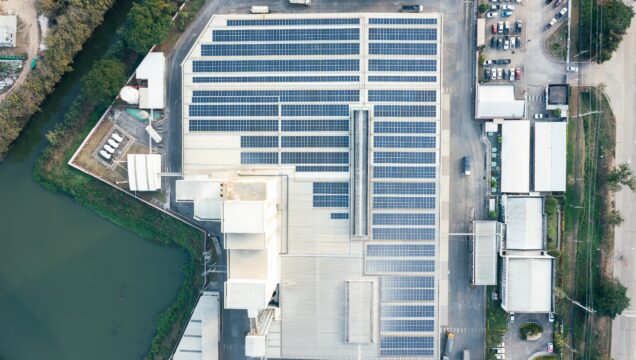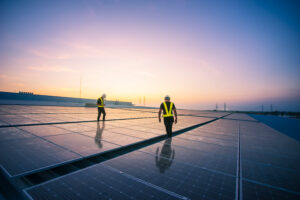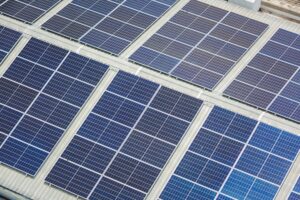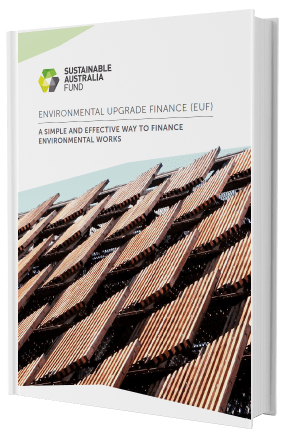Embracing Sustainability in the Hospitality Industry
The hospitality industry increasingly faces a pivotal challenge: how do hospitality businesses become more sustainable while ensuring profitability? The hospitality sector, encompassing hotels, restau..




